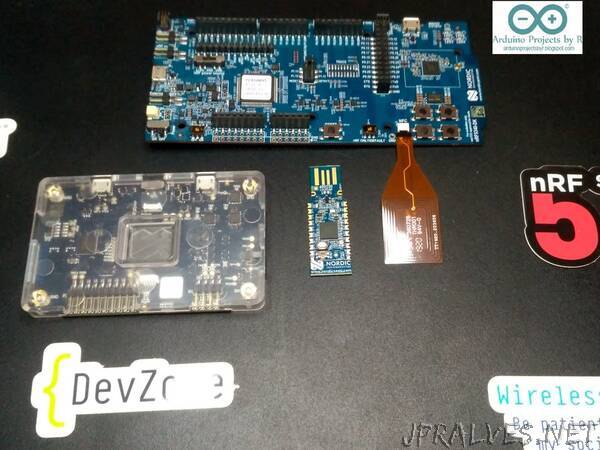
“Healthcare automation has always been a popular topic among everyone, but now, amid this pandemic, it is a necessity.
We have all seen remote patient monitoring systems and health trackers, we have seen customized apps that can send alerts or notifications when critical vital signs are recorded. Healthcare automation has always been a popular topic among medical professionals and public, but now, amid this pandemic, it is a necessity and it is always a necessity in places where there is lack of medical professionals and health care providers.
Aim/ Objective
I am going to build a Health Network which will connect the patients vital measurement data and feed them to the Health Network device. The data will then be displayed in the app. This could be a new introduction to healthcare automation and would also require less medical professionals and healthcare providers.
This is useful because it is quick and efficient. It reduces the demand for healthcare providers and professionals which is a great advantage for places that lack sufficient healthcare workers. Using this method of healthcare automation would mean that the number of medical professionals and healthcare providers, like doctors and nurses, present per ward will be reduced and this will be essential as the healthcare professionals will be able to attend more patients who require urgent medical care instead of those who require regular monitoring. This system will be helpful in places where there is lack of medical professionals.
Hardware components required for this project
Nordic Semiconductor nRF5340 DK
Power profiler kit II
nRF52840 Dongle
Arduino Nano R3
Bluetooth module (HC-05)
Software
nRF connect SDK
MIT Inventor app
Arduino IDE
Project description
The device will be synced with the app and the app will be used by the medical professional in charge of the ward. Notifications are sent from the app when a critical value is recorded, and the healthcare professional will be alert.
The device will be connected to the Electronic medical records (EMR) system of all patients via Bluetooth mesh. The nRF52840 Dongle will be utilized to extend the range of Bluetooth connectivity and enhance the function of the device. The Power Profiler Kit II will be used to monitor the power consumption of the device which will be powered by a Li-Po battery. The Arduino Nano R3 development board and the Bluetooth module will be used to connect each patient’s EMR system with the device via Bluetooth mesh.”
